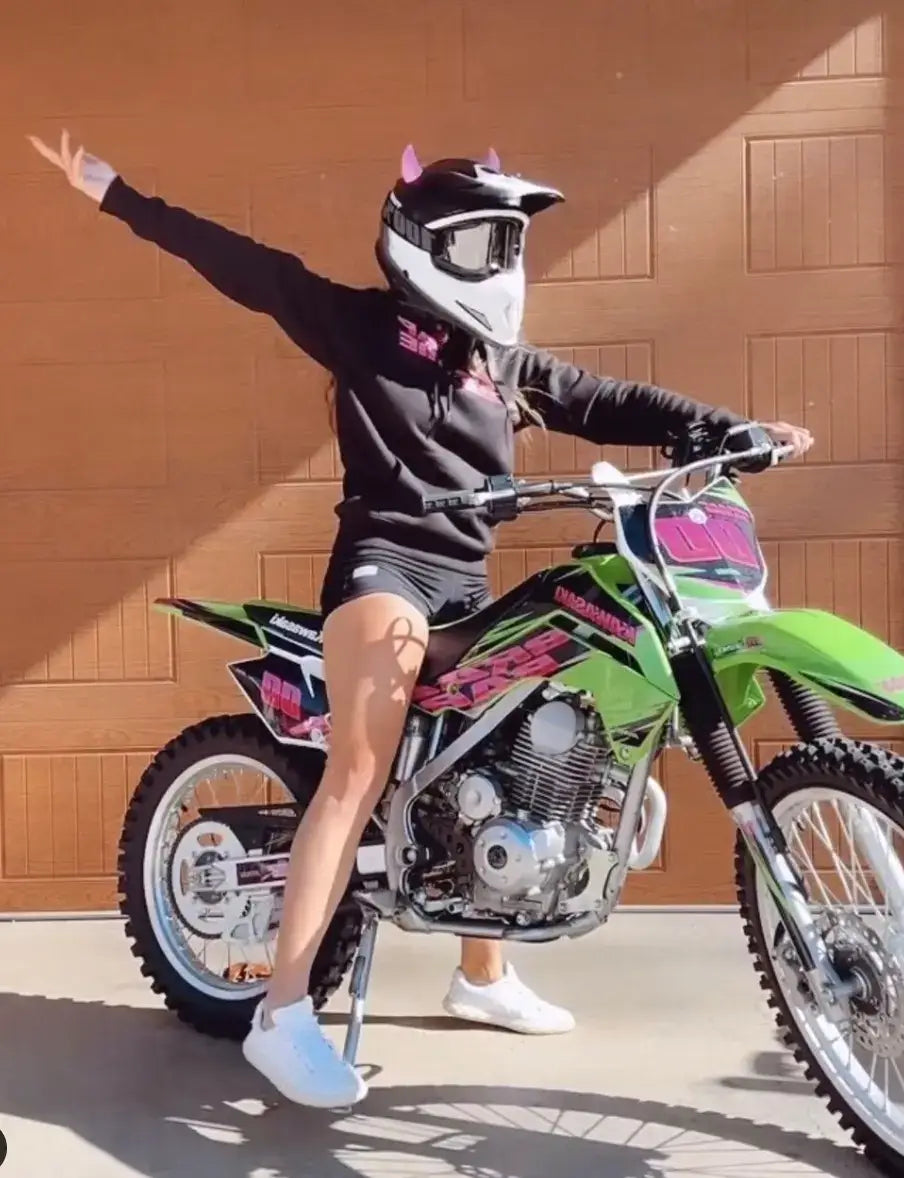Micromobility Helmets in 2025 — E‑Scooters, OneWheels & EUCs
City speeds, curb drops, and mixed traffic make micromobility crashes unique. Here’s how to choose a helmet that matches your ride—and your route.
What’s different about micromobility falls?
-
Forward‑low impacts from sudden stops (curbs, cars, tracks).
-
Side swipes and doorings at urban speeds.
-
Night and rain exposure more than weekend leisure rides.
Coverage & standards
-
E‑scooters (class 2/3 speeds): Start with CPSC bike as a minimum; consider extended‑coverage or light full‑face for faster commutes.
-
EUCs/OneWheel: Many riders prefer full‑cut or full‑face options for jaw/cheek protection; balance visibility and ventilation.
-
Visors & shields: Helpful in rain and at 20–30 mph windchill; ensure clear, anti‑fog treatment.
Visibility & lighting
-
Add helmet‑level rear lights and reflective bands for 360° recognition.
-
Keep front lights handlebar‑mounted to avoid blinding—use helmet lights only as secondary, angled down.
Fit & comfort priorities
-
Snug, even contact with no hot spots; dial systems help on stop‑and‑go commutes.
-
Secure chin strap; do the roll‑off test each season.
-
Vent management for slow uphill sections to avoid sweat‑fog.
Accessories that work
-
Low‑profile flair that won’t snag on backpacks/straps.
-
Action cam only if low‑drag and allowed by local policy.
-
Reflective decals on helmet edges and board/scooter stem for side visibility.
Make your commuter lid unmistakable—add reflective accents and a MagNeatOhz top that pops at the bike rack.









